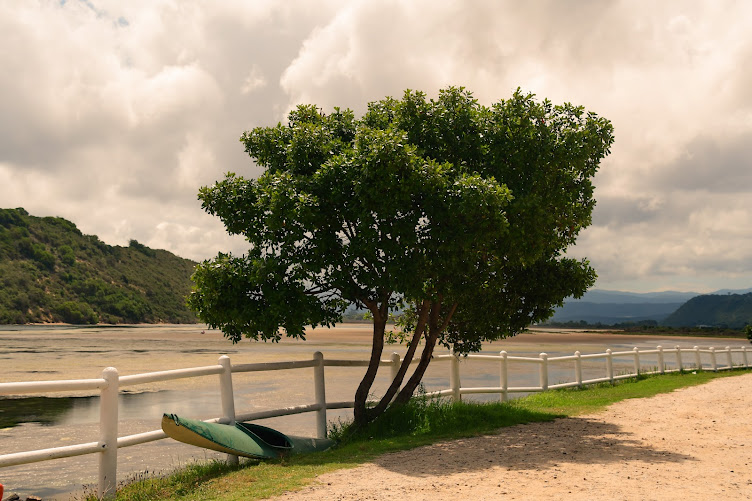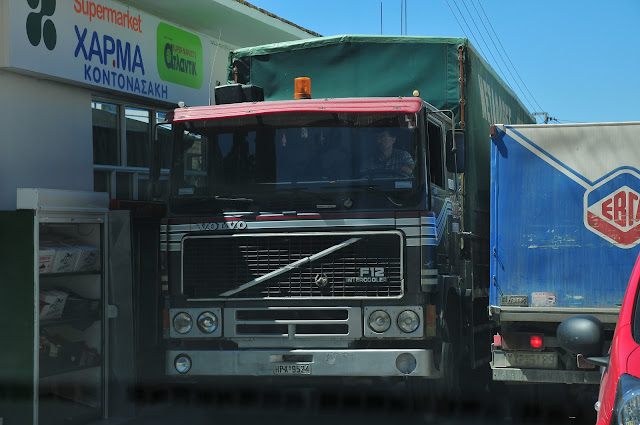SINGITA LEBOMBO EXPERIENCE
No 1 Safari Lodge in the 25th Edition of Travel & Leisure 2020
SOUTH AFRICA
SOUTH AFRICA

Singita – just the name conjures up romantic ideas! We couldn’t wait to get there!
We landed at Kruger International to lovely warm air and a beautiful thatch airport building – the prettiest airport I have ever seen. We spent some time driving around the scenic Long Tom Pass
The locals in this area use wheelbarrows to fetch and carry from the store and we found this far more picturesque than Pick & Pay trollies! Someone has made a mint out of wheelbarrows or maybe someone lost a mint somewhere. Who knows!
After a large breakfast we set off for the Paul Kruger gate and entered the Kruger Park
After a leisurely drive with lots of game sightings, we arrived at Singita Lebombo to be welcomed with a glass of ice-cold homemade lemonade and hospitality second to none.
Singita Lebombo is a private concession in the Kruger Park
We spied a lazy croc down below in the river sunning himself every day. The sounds of the water over the weir and the hippos with their loud calls lulled us to sleep every night. The large bath overlooked the bush, as did the open air shower. For the cold nights there is also an indoor shower. There is a bed outside on the balcony but we resisted that temptation!
An early morning start to the game drive (5.30am) nearly killed me but it was worth it. The animals are free to roam all over Kruger, which is a huge park so it is very exciting when the tracker spots lion hiding in the grass. They are just about impossible to see as they blend in so well with their surroundings. The off-road bumps were the most fun when the tracker spotted animals in the bush. On one game drive we got to within a few feet of a large male elephant – he started to charge and I got such a fright that my finger froze on the shutter! When I eventually clicked, I was shaking so much that the photo turned out unusable! The driver and tracker both were as cool as cucumbers and informed us that it was just a “mock” charge. They insisted that they could spot a true charge and would reverse at full throttle in plenty of time! Luckily, this was not put to the test as the huge “Ellie” did indeed back off.

The afternoon game drives start off at the Long Bar at 3.30pm for smoothies, tea, and delicious goodies to eat. The Long Bar has stunning views over the Kruger and with luxurious seating all around it is a must for drinks at any time of the day or night.
A boma dinner was a great way to get to know the guide as well as fellow guests. The staff does an impromptu song and dance and their enthusiasm is a joy to see for both the overseas and local guests. To add to the sense of adventure, guides escort you to and from your room after dark at all times. With their torches flashing, one is on the look out for those yellow eyes glowing in the dark!
Log fires keep you warm at night and the long swimming pool keeps you cool during the day. Lazing on the lounger, gazing over the vast wilderness just slows you down and makes one appreciate the finer things in life.
The smell of the bush, the excitement of a good game spotting, the comfort of a hot water bottle on the morning drive, the sounds of the hippo or the roar of a lion, a crazy baboon emptying our fridge and daring to steal my chocolate, a lazy dinner with our fellow travellers, the American honeymoon couple who could not stop apologising for the actions of their President, George W. Bush, watching the early morning mist rise over the river, the friendly greetings from all the staff………………
These are the things that I will long remember about our stay at Singita Lebombo.

The only problem with this was that it took me over a week to get back into office mode on my return home! Oh well, what is work anyway…….
© Judelle Drake
For Accommodation Cape Town, South Africa
www.bradclin.com
Please share - if you did not enjoy this post .....Shhh - but please still share!
Thanks!






















































